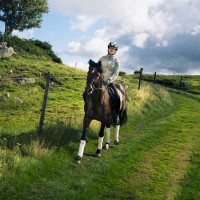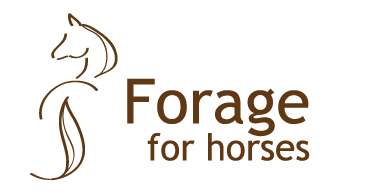Higher vitamin content with well ensiled forage

Good forage is the greatest source of natural vitamins and can often cover horses’ vitamin requirements. But the vitamin content of forage can vary a lot depending on where it is grown, plant species, harvest date, climate, conservation method etc. Silages often contain considerable more vitamins than for example hay and factors that can affect the vitamin loss in forage are weather conditions during wilting and storage time.
A conservation study where silage and haylage from the same grass ley were wilted 4 h to 30% DM, 24 h to 50% DM and 34 h to 60% DM showed no clear correlation between wilting time/DM and vitamin content. Generally the haylage wilted 24 h to 50% DM contained less vitamin A and E than the silage and haylage wilted 4 and 34 h to 30 and 60% DM. However, there was a correlation between lactic acid and vitamin A and E which indicates that a good ensiling process, e.g. good lactic acid fermentation, can have positive effects on the preservation of vitamin A and E in wrapped forages. After 11 month of storage the wrapped forages contained 19-88% of the initial content of β-carotene in the fresh matter and 36-63% of the initial content of α-tocopherol. The forage in all three treatments, the silage and the two haylages, contained adequate amounts to cover horses’ maintenance requirements for vitamin A and E.
Additives can also have an impact on the vitamin content, the use of a bacterial inoculant in red clover mixtures has shown positive effect on the content of vitamin E during ensiling compared to untreated red clover silage. However an acidic additive decreased the vitamin E content during ensiling of the red clover mixtures. The authors could not determine why treatment with bacterial inoculant at ensiling had positive effect on the forage vitamin content.
Read more about horses’ vitamin requirements here.
Sara Muhonen, AgrD
